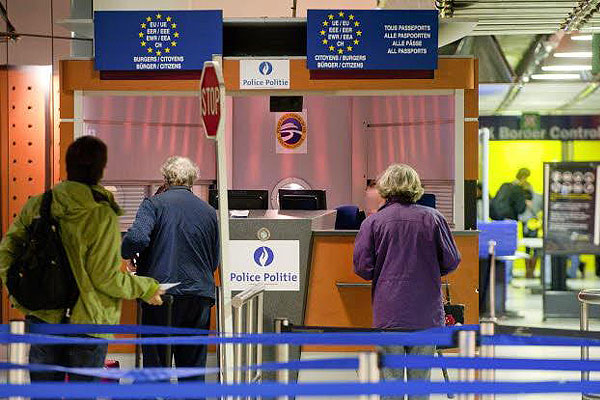It would be a mistake to confuse the ETIAS with an electronic visa. Electronic visas are entirely different.
In the last couple of decades, visa policies from all around the world have known dramatic changes. Dramatic may be a strong word because removing some borders is not the worst thing, but it led to issues that we may have not thought about before doing it. The topic of this article is Europe, so we will use it to paint a clearer picture.
As you may very well know, there is such thing as freedom of movement in Europe since the foundation of the European Union. More and more countries became members over the years, which means that borders disappeared utterly. Not in all cases, of course, because there is the Schengen Area as well. And not all countries that are in the European Union are also a part of the Schengen Area Agreement (for example, Romania). Nevertheless, we know that all European citizens can travel to any country within the Union using only their ID card. Since border checks are less and less, no government has any idea how many people enter and stay within its borders. And that led to a general lack of knowledge of who is in a particular country and for how long. Enter ETIAS.
What is ETIAS?
You may already know what an ETIAS is. After all, the United States, Canada, and Australia have a similar program. It is just known under the name of eTA or ESTA. That leads to a definition of the ETIAS. Basically, ETIAS stands for European Travel Information and Authorization System. It is an electronic system that gathers information about the people who go to European countries.
It would be a mistake to confuse the ETIAS with an electronic visa. Electronic visas are entirely different. You do not apply for an ETIAS. You just let the government of the country you wish to visit know that you are going to be in that particular country for a specific period of time. The government has no other way of knowing that you will cross its borders, so ETIAS helps with that.
Who needs to apply for an ETIAS?
Before learning how an ETIAS works, we need to clarify and eliminate any confusion as to who requires such an authorization. The best I can do is through examples. For instance, you are a Bulgarian citizen who wants to go to France. Can you go there without a visa? Of course you can because both Bulgaria and France are members of the European Union and the Schengen Area Agreement (in Bulgaria it is not yet implemented). However, if you come from a country that is outside the European Union but you are visa exempt as a result of the visa waiver program, let’s say Barbados, you need to apply for an ETIAS.
Basically, all travelers from Annex II countries and territories who travel to Europe are required to get an ETIAS.
How does it work?
It is pretty straightforward. A website will be put in place, and you must access it. You will be asked to provide some general information about yourself and your trip, as well as some information about your passport (if necessary). If a passport is required, make sure that it is valid.
The ETIAS can be granted in just a few minutes, although it is recommended that you go through the process at least 72 hours before departure. Your name is inserted in a database. If there are no issues, you will receive the authorization. If there are some red flags (i.e., criminal record), you will not be given the ETIAS. It is simple as that.
The bottom line is that ETIAS is a tool that helps governments gather information on who enters their territories. Do not confuse it with a measure of control. It is just a simple but efficient way to keep track of immigrants. The system has yet to be put in place. It is estimated that it will go live by November 2023.






















































































































































































